Don't hesitate to send a message
Web Menu
Product Search
Exit Menu
Portable Plastic Beach Mat Withstands High Heat and Prolonged Sun Exposure Outdoors
Understanding the Environmental Stress Factors on Beach Mats
Outdoor products like the Portable Plastic Beach Mat are frequently exposed to challenging conditions, particularly direct sunlight and elevated temperatures. Whether laid out on hot sand or left under the blazing sun for hours, a beach mat needs to endure both heat and UV radiation without compromising functionality or appearance. So, does long exposure to sunlight cause warping, melting, or fading? The answer depends largely on the material quality and design of the mat.
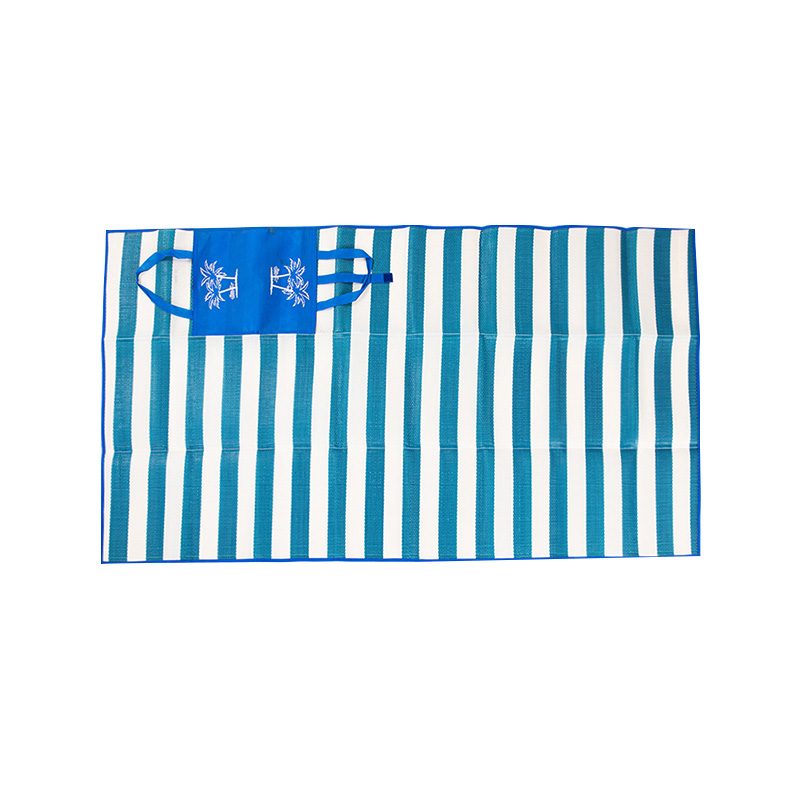
The Role of Plastic Type in Heat and UV Resistance
Not all plastics are created equal. Most Portable Plastic Beach Mats are made from polypropylene (PP), polyethylene (PE), or PVC, each offering different levels of resistance to heat and UV rays. Polypropylene, for instance, has decent heat tolerance but may start to deform if consistently exposed to temperatures over 100°C (212°F). Polyethylene performs similarly but can soften more easily under direct heat. PVC, although more resistant to UV degradation, may become brittle over time if not treated with UV stabilizers.
Manufacturers often add UV inhibitors or stabilizers to reduce photo-degradation, but budget models may skip these enhancements. As a result, lower-quality mats might warp or discolor after repeated sun exposure, especially in tropical or desert climates.
Is Fading a Real Concern With Colored Mats?
Color retention is another issue under intense sunlight. Brightly colored Portable Plastic Beach Mats, particularly those with printed patterns, are vulnerable to ultraviolet light, which breaks down color pigments over time. Fading doesn’t typically affect the mat’s functionality but can diminish its aesthetic appeal. UV-treated plastics tend to retain their colors longer, but no plastic is completely immune to long-term sunlight exposure. The rate of fading depends on the frequency and duration of use, pigment quality, and the UV resistance built into the manufacturing process.
Design Features That Help Prevent Deformation
High-quality mats often include design choices that mitigate heat-related deformation. Thicker plastic construction, reinforced edges, and a woven or textured surface can all help reduce the risk of warping or sagging. Mats with breathable designs or mesh-like patterns may trap less heat, making them more comfortable to sit on and less prone to heat-related damage.
Moreover, portable models typically roll or fold compactly—an advantage when it comes to storage. Once the mat is no longer in use, folding and storing it in a shaded bag can significantly prolong its life and reduce the chance of heat exposure causing structural distortion.
Maintenance and Storage Tips for Hot Climates
To ensure your Portable Plastic Beach Mat performs well in high-heat environments, a few precautions are helpful. After use, avoid leaving it stretched out on hot surfaces for extended periods. Rinse off any sand or salt residue, which can contribute to micro-abrasions that weaken the plastic over time. Store it rolled or folded in a cool, dry place, ideally out of direct sunlight. Following these basic maintenance steps can help retain both the shape and appearance of the mat for multiple seasons.
Conclusion
In general, a well-made Portable Plastic Beach Mat can tolerate significant sun and heat exposure without severe deformation or fading. However, its long-term durability under such conditions depends on the type of plastic, UV treatment, and user habits. For frequent beachgoers in sunny climates, investing in a UV-resistant model and practicing proper care will go a long way in preserving both the function and look of the mat.
-
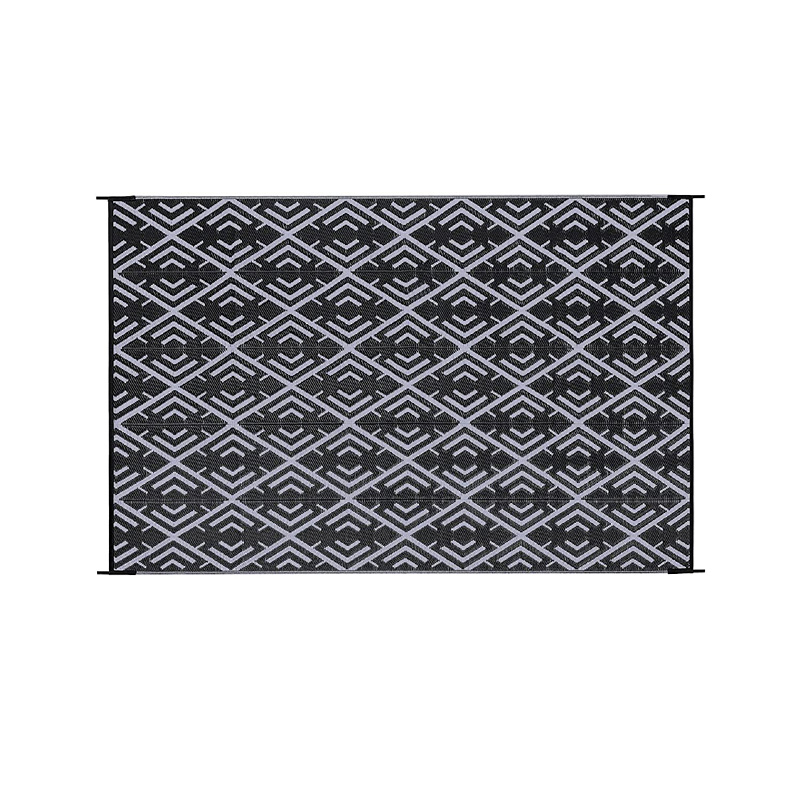
Lightweight Polypropylene Plastic Outdoor RV Mat
Features Weather-resistant polypropylene mat UV-stabilized to prevent fading Mold and mildew-resista...
-
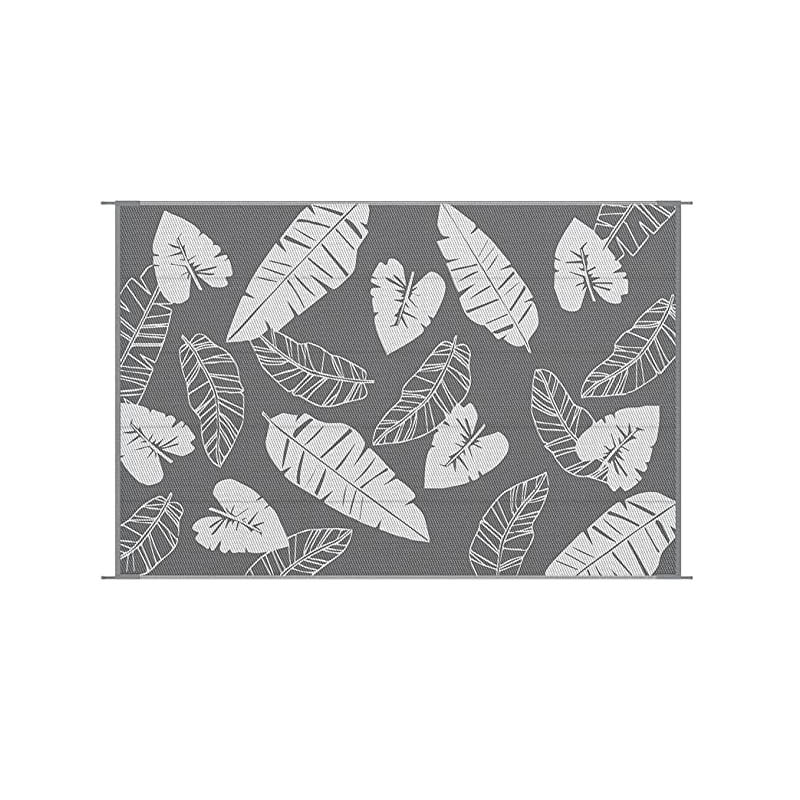
Large Foldable Anti-UV PP Weaving Straw RV Rug
Features Soft And Durable: Made with virgin polypropylene breathable material designed to be safe to...
-
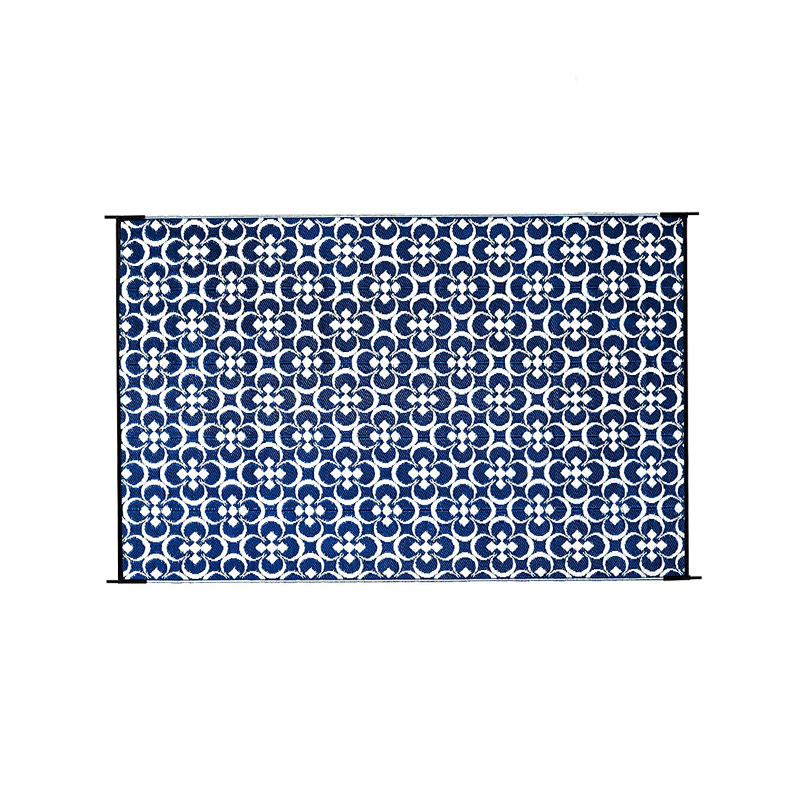
Recycled Moistureproof Plaid Outdoor Mat For RV
Features Heavy-Duty & High Quality & Durability: Our heavy-duty reversible RV mats are made ...
-
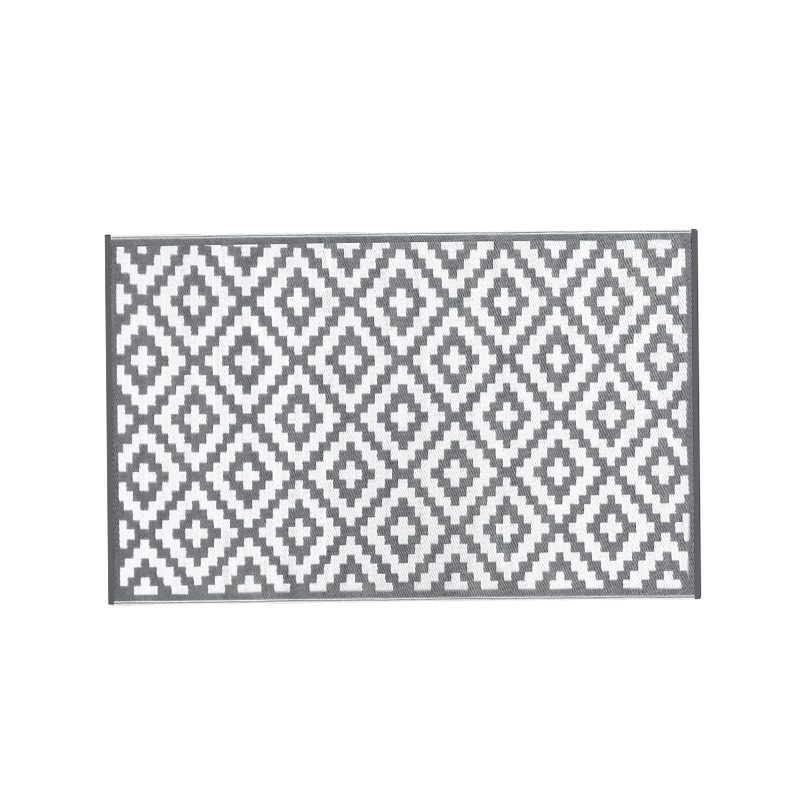
UV Resistant Patio Outdoor Rug
Features Reversible Stain-Resistant Straw Rugs: The outdoor rugs for patio clearance is a reversible...
-
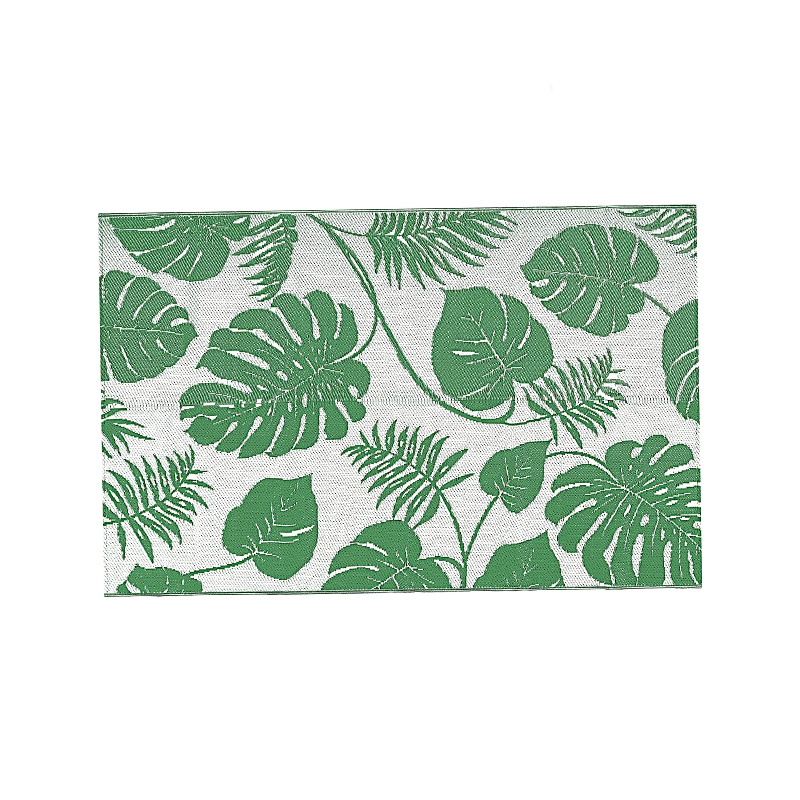
Durable Outdoor Polypropylene Mat For Patio
Features Reversible Outdoor Rug: The outdoor plastic straw rug with timeless medallion design is ele...
-
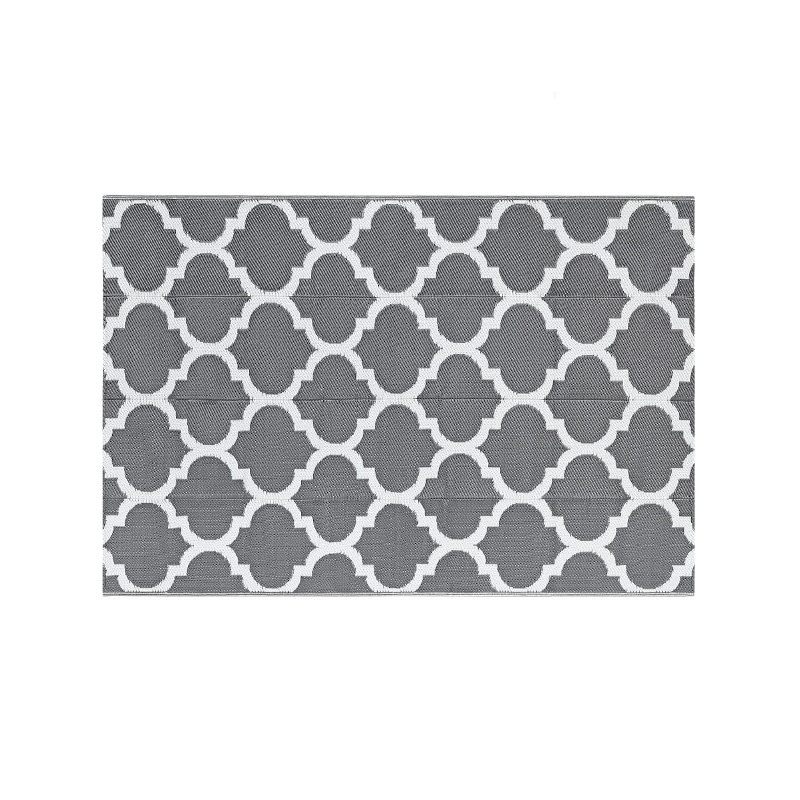
Recycled Plastic Straw Matting For Outside
Features Reversible Outdoor Rugs: It is easy to use on the patio, deck, beach, and backyard. This ou...
-
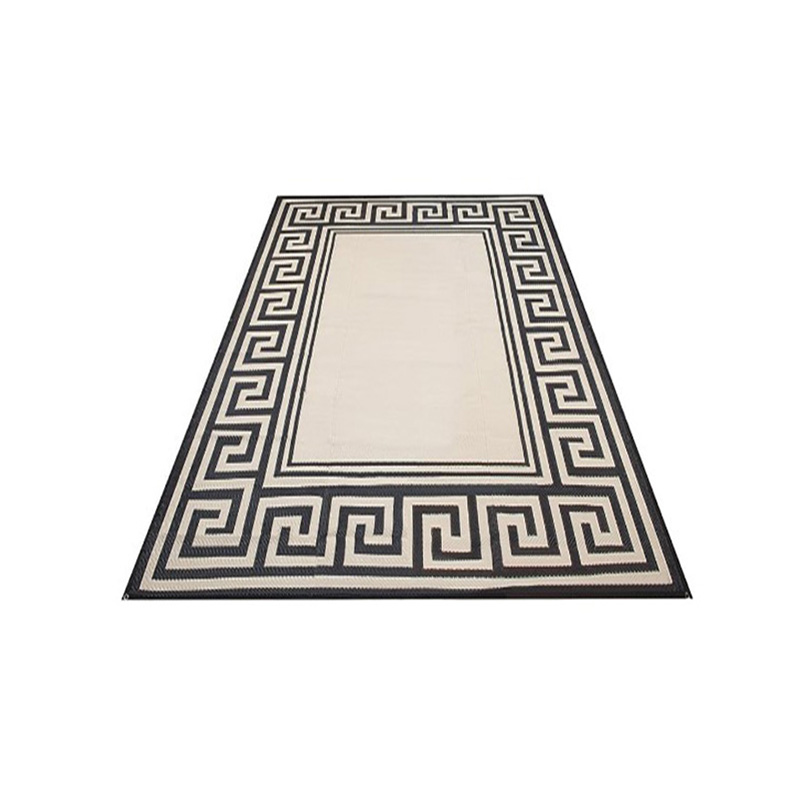
BSCI Audit PP Straw Camping Outdoor Rug
Description Introducing the BSCI Audit PP Straw Camping Outdoor Rug by AIYISI, an outdoor gear manuf...
-
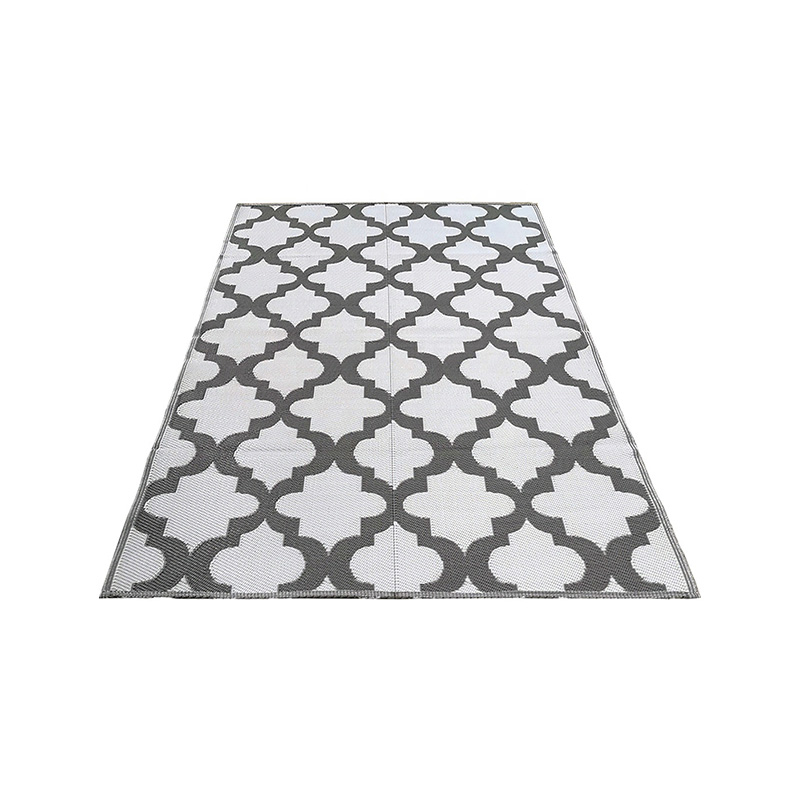
Plastic Matting Cheap PP Woven Recycled Campping Mats
Description At AIYISI, we take pride in offering high-quality outdoor products tailored to meet the ...

- FAX : 86-0576-83352177
- E-mail : [email protected]
- Phone : +86-0576-83207588
- Add: No.10 Yongan Road, Binhai industrial park, Sanmen County, Taizhou City, Zhejiang, China.


 English
English Deutsch
Deutsch

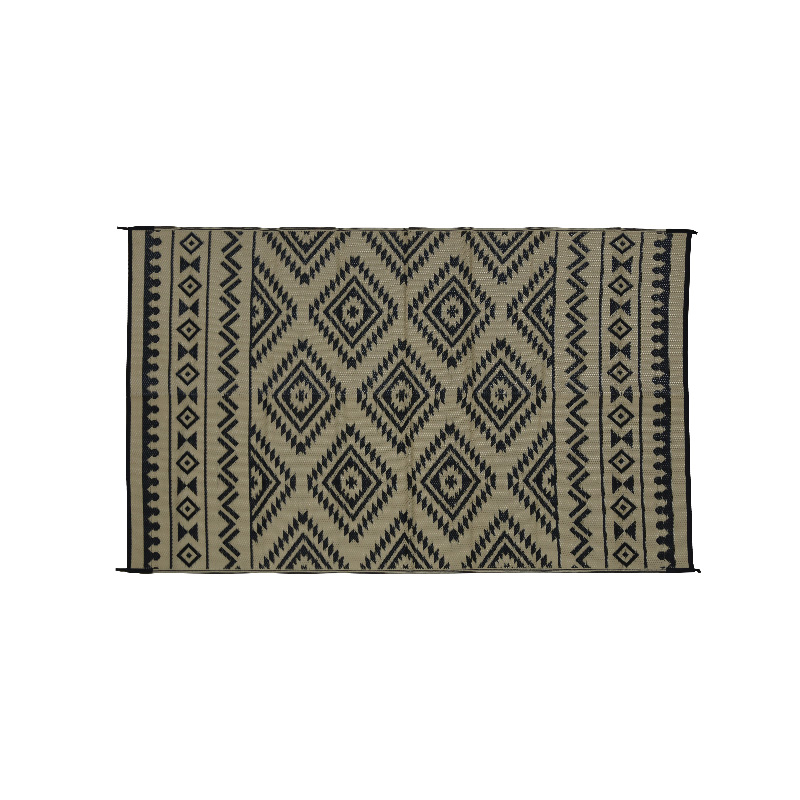

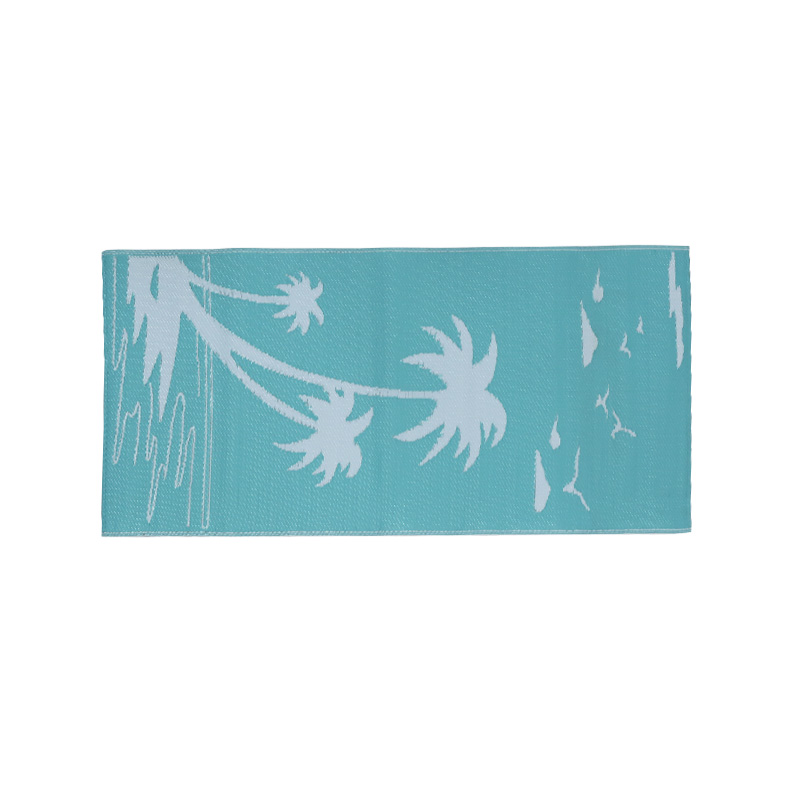
 Facebook
Facebook Youtube
Youtube Twitter
Twitter Instagram
Instagram